The writer of Disintegration picks 13 COVERS that dovetail with his own vision of a bleak future.
I’ve known Steve Soldwedel going back a few years. Smart guy, big comics fan. His gritty military sci-fi work Disintegration has been entered into a contest at the crowdfunding site Inkshares, in partnership with Nerdist.com. The goal of the contest is to accrue as many unique pre-orders as possible by 9/30. (For more info, click here.) Steve joined the contest three weeks late. Yet, despite his late start, he’s in 21st place out of 330 entrants, as of this posting. The Top 20 books appear on the contest leaderboard. The Top 5 books at the time the contest closes will be published by Inkshares with one of the five chosen by Nerdist.com to be a part of their sci-fi anthology.
What’s the book about? Here’s Steve: “A group of military officers are thrown together on a mission to raid the enemy stronghold and make off with a precious resource. A’arilon Ray suspects it’s a suicide mission but it is just the beginning of a much greater adventure.”
Since Steve’s such a well-read guy, I invited him to do a 13 COVERS feature. It’s a great list, so check it out — and check out Disintegration.
—
By STEVE SOLDWEDEL
Aliens. I saw the movie Aliens before I saw Alien. I encountered the Aliens comics much later, in junior high school. I love the menacing sneer on the xenomorph’s face. I was captivated by the fear the creatures could instill, how (nearly) unstoppable they were. Organic weapons. Additionally, the Colonial Marines heavily influenced the way I depict interplay between soldiers in my narrative. Artist: Mark A. Nelson.
Akira. Akira was the first manga I ever encountered. I watched the anime version not long after. It was trippy and unsettling, and I liked it. I drew a lot of inspiration for paranormal situations from this book and film. I’m fascinated by the idea of telepathy and telekinesis … and apotheosis from mere human to something much more powerful. The cover of Issue #1 ably depicts scared children playing at being tough in the face of trauma. Artist: Katsuhiro Otomo.

Fahrenheit 451. I read this book in 6th grade and it opened my eyes to a whole new world of dissent and non-conformity. I owe Ray Bradbury (the namesake for Disintegration’s protagonist, A’arilon Ray) a debt of gratitude for this story. Mr. Bradbury taught me to question authority. His stories inspired me to try and learn everything I could about nearly everything, especially topics that conservative minds would rather were censored. I love the cover art for this edition. The book conflated with a box of matches perfectly conveys the thrust of the story in a single image. Cover design: Matt Owen.
Blade Runner. I saw the movie first and the depiction of LA as a sprawling urban dystopia has stuck in my mind ever since the mid-’80s. The comic allowed me to consume the story at my pace — something I’ve always loved about books and comics — and I often prefer that to being captive to the pace of a movie. This was my first official comic-book adaptation of a feature film, and I still like the ’80s-style, limited pallette presentation. It evokes the grim mood of the Philip K. Dick-inspired work. Artists: Al Williamson (inks) and Carlos Garzon (pencils).
Batman & Judge Dredd. This was my introduction to Judge Dredd. I especially love Simon Bisley’s artwork; it’s so in-your-face, perfectly suited for a character like Dredd. Bisley really knows how to create atmosphere. Thanks to his work, Mega City One is my prototype for the dystopian-future metropolis.
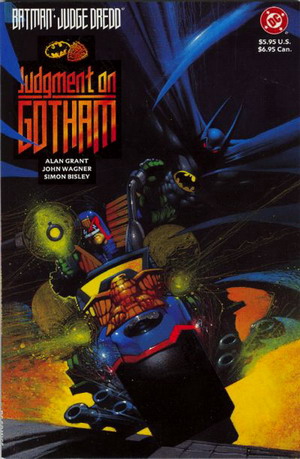
Battle Angel Alita. This manga is another that I also consumed in anime form. The book is in stark black and white, but the anime is in color. It’s another series depicting a ruined future wherein the heroine is beset everywhere by violence and hardship. The perpetual threat of harm in this story is something I carried into the world I’ve created. This story sells sex, but I still gleaned an appreciation for a strong female lead from this story. This and Ghost in the Shell inspired me to make my character Carina Duvais such a badass. Artist: Yukito Kishiro.
Fist of the Northstar. Here is a book that I always found kind of ridiculous, but still amazing. I loved how pulpy and campy it was. In the anime film from ’86, I’ll never forget when he cleaves the guy’s skull open and the victim quips: “I got a splittin’ headache” before dying in a gory mess. Northstar was hard-boiled, with paranormal phenomena thrown in for good measure. Way over the top in a great way. This cover is just as over the top: the guy’s tiny head and his enormous torso. His chest is like two slabs of sidewalk. It’s beyond even the typical exaggerated physique found in action comics! Artist: Hara Tetsuo.
The Forever War. This is the book for military science fiction. Vice even just ran a piece about it saying as much. I especially love this iteration of the cover because it uses high-contrast red and black (just like mine!), and all of the gravestones. It really gets its point across.
Ghost in the Shell. This manga piqued my fascination with artificial intelligence. The cover really arrested my attention as a teenager, for prurient reasons, but there’s a lot of depth and nuance in the story … as well as a lot of action. That’s the way I like to tell stories. Tough, capable Motoko was an influence on how I wanted to write a female lead. Artist: Masamune Shirow.
Robocop vs. Terminator. James Cameron was a big influence on me in the ’80s. He was responsible both for Aliens and the Terminator which were, to me — along with Predator — my favorite sci-fi films of that era. When I was a little older, I encountered RoboCop for the first time. I still claim that Paul Verhoeven’s a genius (I’ve never seen Showgirls, however, which may be what allows me to keep making such an assertion). This Dark Horse book set RoboCop against the Terminators because Alex Murphy discovers some of his technology is responsible for the rise of SkyNet. The mass extermination of humans is a common trope in sci-fi, but I got it from the Terminator narrative; that was the first place I encountered it. Artist: Walter Simonson.
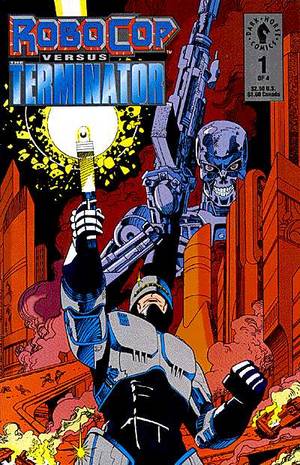
V for Vendetta. Alan Moore is an iconoclast, and an icon. His tear-downs of contemporary Western society are spot-on and scathing, and I enjoyed V for Vendetta enough to read it twice in immediate succession. The Guy Fawkes mask on the cover was something I’d never seen before. This was before the days of the Anonymous hacker collective and proliferation of the likeness. It was novel, back in the mid-’90s, when I first picked up this book. Fawkes’ smiling face is the perfect emblem for the protagonist, who undermines the oppressive regime with gleeful abandon. Artist: David Lloyd.

Days of Future Past. This tale is one of the great-granddaddies of bleak-future storytelling, for me. Its cover is so compelling: an aged Wolverine caught in a gestapo-esque spotlight. Behind him are the mugshots of his fellow X-Men with “SLAIN” slapped across the faces of most of them. It’s a powerful image. I particularly loved how, despite horrible odds and near-certain defeat staring them in the face, the mutants still fought on … no matter what. Indomitability is, to me, the most admirable of traits. Artist: John Byrne.



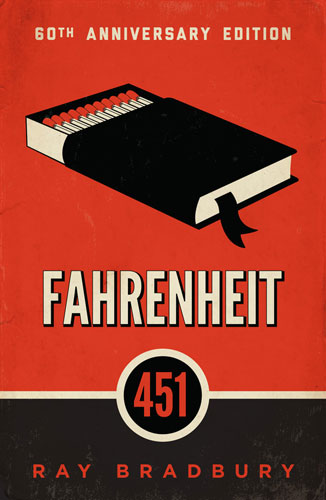
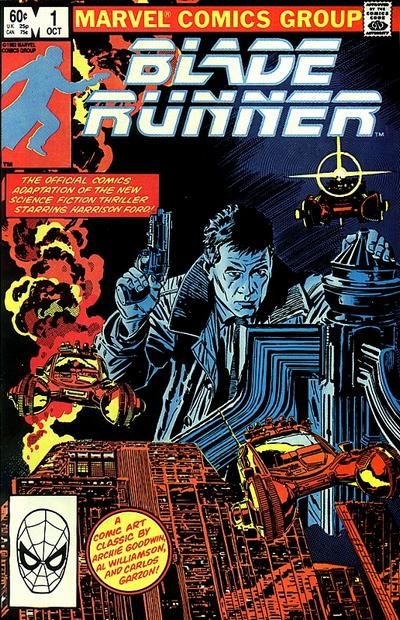
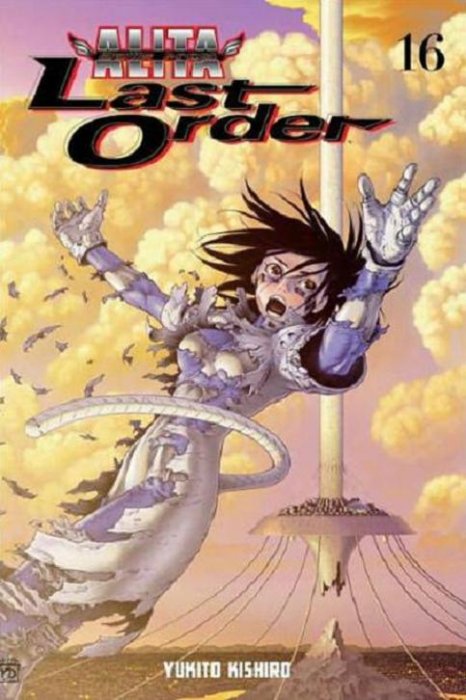
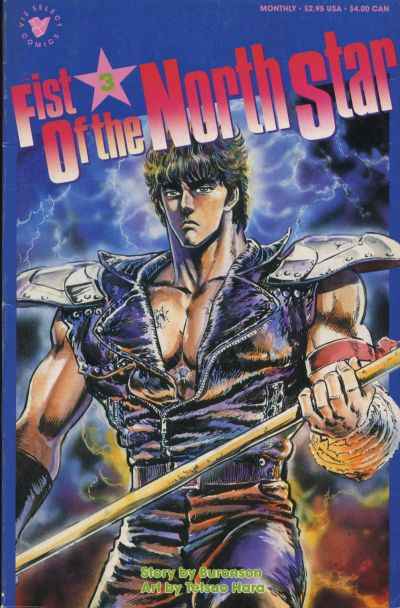

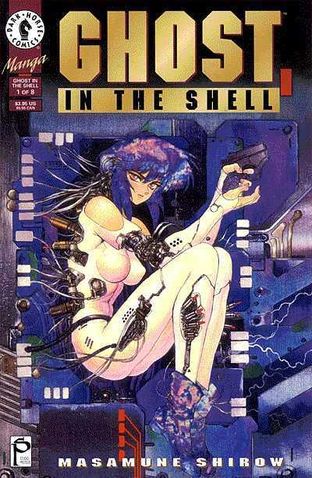
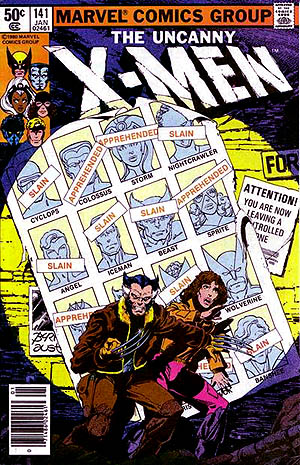
September 22, 2015
Re. Soldwedel’s take on “Fahrenheit 451,” find it interesting how the entertainment world typically thinks conservatives/Christians will create a fascist dictatorship in the future (V for Vendetta, or, cinematically speaking, Escape from LA and Demolition Man) when, if they stopped and looked around, they’d see that they’re the ones doing it — PC “Safety zones,” censorship of what the media will and won’t receive, etc. Project much?
September 23, 2015
I agree that censorship is a big issue. It’s a slippery slope to be banning anything on “moral” grounds no matter what informs that “morality” … be it Liberalism or Conservatism … excepting the things on which I think most everyone can agree (sex crimes, property crimes, doing physical harm to another human being).
September 22, 2015
Please show me a “PC safety zone” or an example of “liberal” media censorship, Eric. I’ll wait. That clerk in Kentucky is denying people their rights but is celebrated by Christians for claiming she’s sticking up for the “opposed.” Claim your the opposed while being the oppressor, heard of that before?
September 22, 2015
For starters, when the ranchers were standing up to the BLM, there were media “freedom from speech” zones all around the property, and Mrs. Clinton has taken so far as to keep the press covering her campaign in certain locations literally roped up like cattle so as to not get too close to her. On a different but similar Department of Propaganda note, President Obama regularly invited Jon Stewart over for meetings on what the President would like cheer-leaded, er, reported at what times. Neither of them deny this, either. Pravda!!!
As for Mrs. Davis, an elected official, not doing her due diligence in her job’s capacity — i.e., breakin’ the law as my man Halford likes to sing — I’ve sadly come to expect brazen actions like this (or inactions as this is) from government workers with a “(D)” on their party registration. See also: Lerner, Lois.